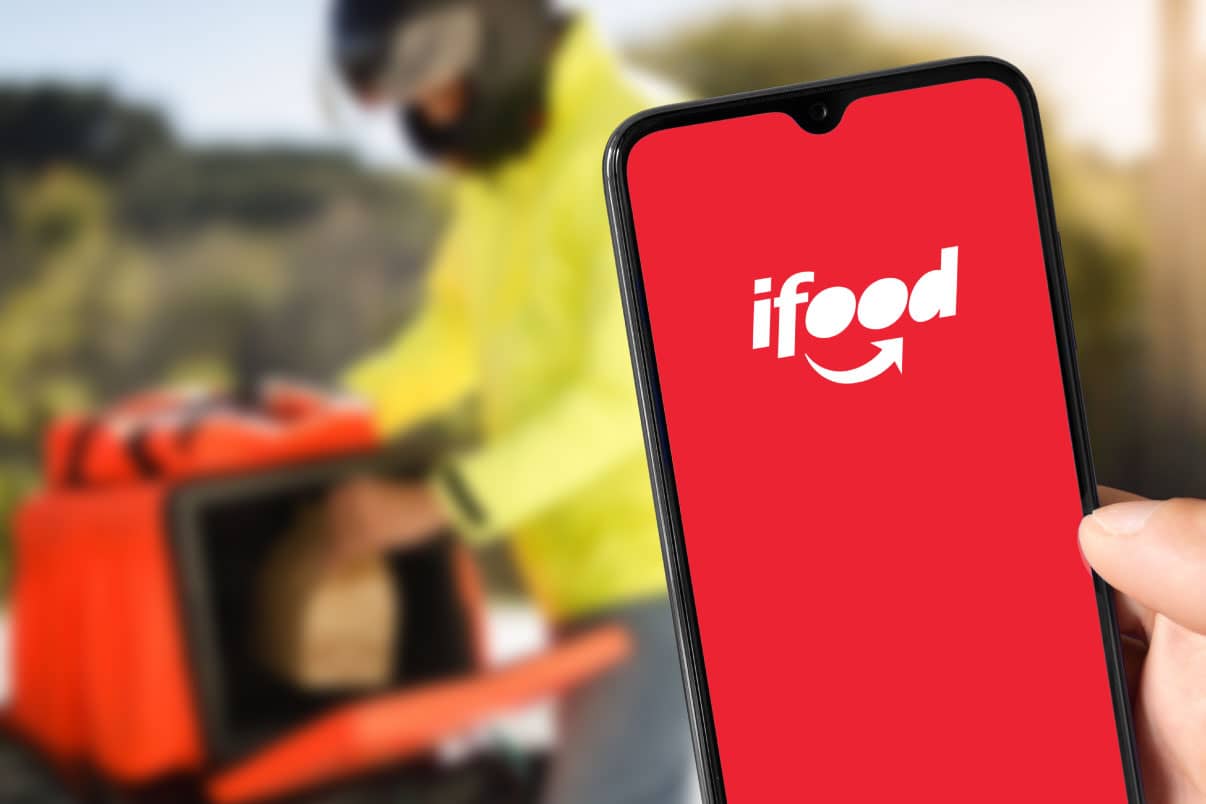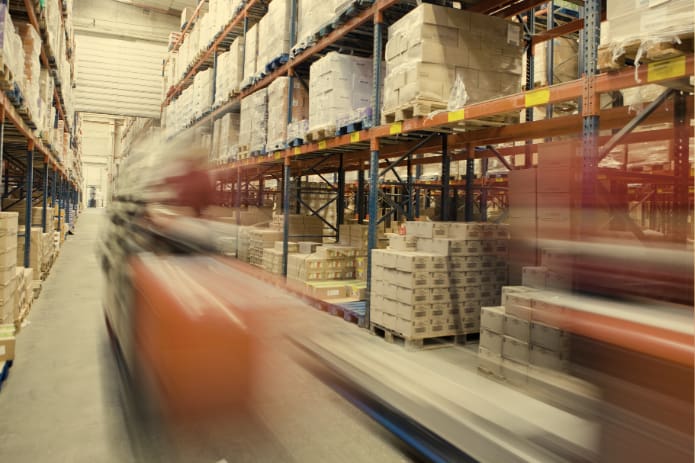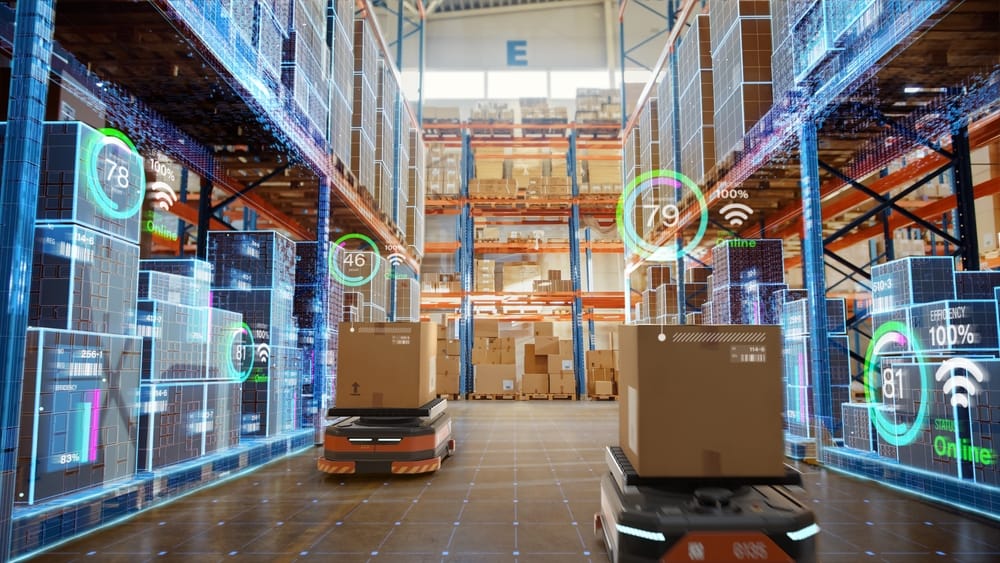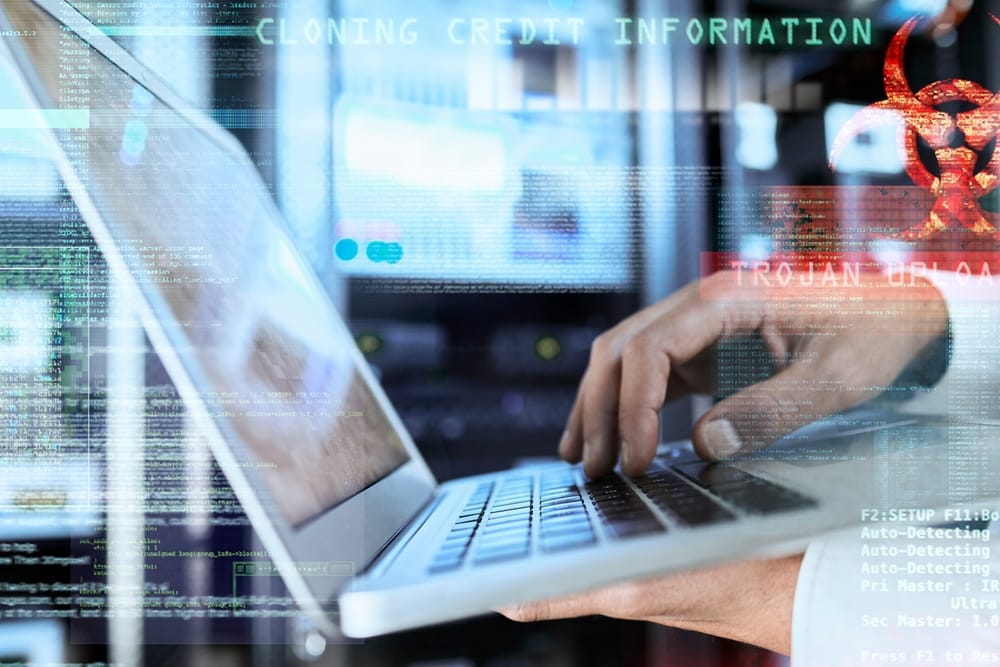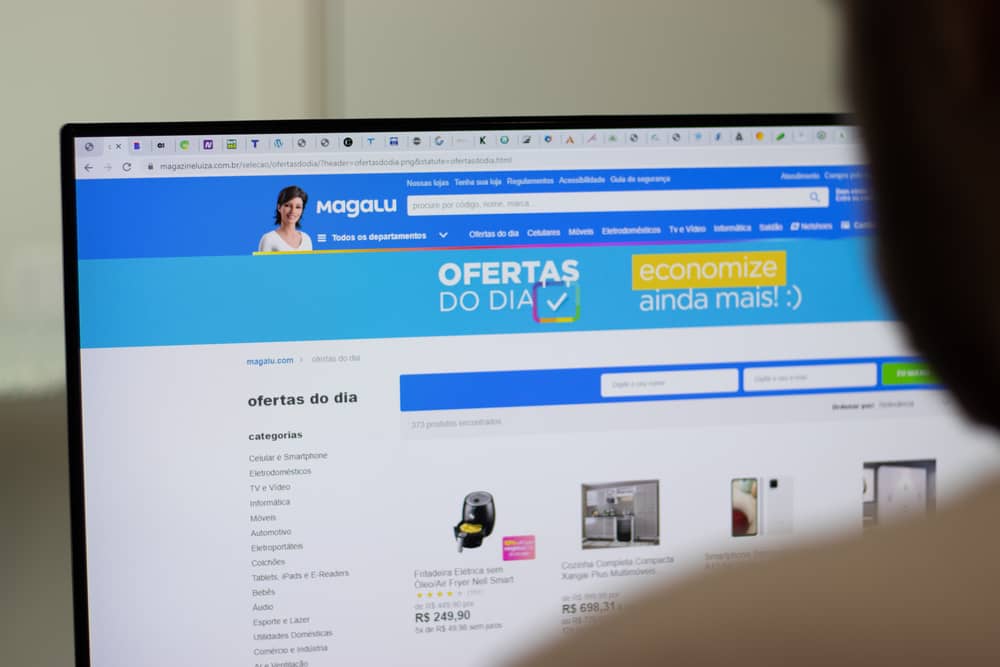Live commerce, or live shopping, is not just a trend: it is an evolution in consumer behavior. The combination of interactive experience with convenience and urgency has transformed broadcasts into true sales channels. However, the success of a live broadcast goes far beyond the charisma of a presenter or the quality of the image — it depends on an intelligent, integrated, and data-driven commercial operation.
In this context, the role of Sales Operations (Sales Ops) it is essential for live commerce not to be just a one-time action, but rather a scalable and profitable strategy within the sales journey. Sales Ops is the one who structures the planning, organizes the machinery behind the operation, monitors performance in real time, and turns each live into a continuous improvement asset. Instead of relying solely on luck or virality, the company begins to work with predictability, efficiency, and margin.
This article presents how four key aspects of strategic management are decisive in live commerce: strategic planning, operational organization, real-time execution, and post-live analysis. In each section, we bring practical examples, market insights, and recommendations that help brands and teams to sell more, with less improvisation and more intelligence.
Strategic Planning
Every sales live session starts before turning on the camera. Strategic planning is what determines whether a broadcast will be just another promotional action or part of a profitable commercial engine aligned with business objectives. At this stage, Sales Ops acts as strategic arm of commercial leadershiptranslating corporate goals into clear actions, feasible objectives, and measurable indicators.
Defining what will be sold, to whom, with what value proposition, and what result is expected is not an intuitive task — it is technical. Sales Ops ensures that the planning is done with based on historical data, customer profile, margin potential, and the company's operational capacityIt's time to take the strategy out of PowerPoint and put it into the field, with focus, direction, and purpose.
Clear Objectives
Before defining the live session's script, it is the role of Sales Ops to provoke strategic reflections such as:
- What is the main objective of the action? Immediate conversion, lead nurturing, stock clearance, branding?
- What are the primary KPIs? Billing? CAC? ROAS?
- What is the target audience profile of this live session? New, recurring, promotional, or premium?
Having clarity on these points is what differentiates a live broadcast with direction from a shot in the dark.
Case Study 1:
A beauty brand set as its goal generate qualified leads for anti-aging skincare funnelWith that, they chose a more educational approach and offered a free e-book at the end of the live, capturing 1,200 targeted leads and reducing the CPL by 35%.
Case Study 2:
An electronics company needed to clear a batch of discontinued devices, and Sales Ops structured the live as a "flash sale" with limited-time offers and scarcity triggers. The stock ran out in 1 hour and 20 minutes of broadcasting.
Create specific KPIs for live broadcasts
Sales Ops is responsible for turning the live's objective into operational and tactical indicators for real-time monitoring.
Recommended KPIs:
- Sales per minute and per product;
- Peak audience vs. timing of the offer;
- Chat engagement by time block;
- Live cart abandonment;
- Conversion rate by entry channel;
- ROAS (Return on Advertising Investment) of the live.
Case Study 1:
During a fashion live, monitoring the KPIsales per minute"allowed for adjusting the presentation of the best-selling looks, which increased the overall conversion rate by 21%."
Case Study 2:
In a toy live stream, the real-time cart abandonment rate skyrocketed after showcasing products above R$ 500. Based on this, the team introduced promotional kits with lower tickets — and recovered 18% of abandoned carts even during the broadcast.
PRE-PRODUCTION AND ORGANIZATION OF THE OPERATION: THE SALES "BACKSTAGE"
If the live is the stage, the success of the show is behind the scenes. The pre-production and operational organization stage is where Sales Ops shines by ensuring that all gears are perfectly synchronized: catalog, stock, logistics, customer service, payment, technology, and sales pitch. Without this structure, the live may even have an audience, but it will hardly have performance.
Here, the role of Sales Ops is to act as integration hub between the departments, ensuring smoothness throughout the end-to-end process. The mission is simple, but powerful: remove friction from the conversion pathThis includes predicting bottlenecks, aligning systems, reviewing margins, ensuring strategic products are in stock, and validating that the operation is ready to turn audience attention into actual sales.
Integration between stocks, channels, and platforms
Avoiding breakages, checkout failures, or delivery delays starts with integration. Sales Ops must ensure:
- Stock system connection with the sales platform;
- Synchronization between payment methods (PIX, link, QR Code, digital wallet);
- Automation of workflows with CRM, WhatsApp, chatbot, and customer service.
Case Study 1:
An online pet shop started using a payment link via WhatsApp Business integrated with the ERP. Previously, the link was sent manually. Automation increased conversion in the direct channel by 47% and reduced the average service time from 6 to 1 minute.
Case Study 2:
A shoe store was facing overselling problems. After the integration between the physical stock and the e-commerce carried out by Sales Ops, stockouts were reduced by 92% and complaints about out-of-stock products plummeted.
Commercial curation + margin
The product selection cannot be random. Sales Ops, together with the pricing team, must ensure a portfolio with a balance between:
- Sustainable gross margin
- Turnover potential;
- Engagement potential (product that "looks good" on camera);
- Alignment with the theme of the live and the audience's behavior.
Case Study 1:
In a live gourmet utensils session, products with a profit margin above 60% were prioritized. To maintain attractiveness, a kit was created with a bonus (premium pot + apron) that added perceived value, increasing the average ticket by 38%.
Case Study 2:
A women's fashion store used the BCG matrix to define the products for the live. The "dairy cows" were the flagship products with attractive offers, while the "question marks" were positioned exclusively and with limited stock, creating FOMO (fear of missing out) and boosting sales of these items by 74%.
REAL-TIME EXECUTION: SELL WITH LIVE INTELLIGENCE
The live begins, and with it, the live performance game begins. There is no time for guesswork. During execution, the role of Sales Ops is to ensure that the data speaks louder than intuition. It's at this moment that quick decisions, based on dashboards, enable precise adjustments that increase conversion, recover drops, or amplify the impact of an action.
Sales Ops monitors the transmission performance second by second: tracking KPIs such as sales per minute, engagement, entry channel, clicks on the purchase button, and much more. The mission is clear: to provide real-time intelligence so that the front-line team can make informed and tactical decisions, such as changing the script, activating a trigger, or packaging a new flash offer. Those who have given do not improvise. Adjust. Convert. Scale.
Dynamic performance monitoring
During the transmission, the Sales Ops team should be with:
- Performance dashboard by product;
- Comparison between audience and conversion;
- Entry channel (organic, paid, direct link);
- Click and action map in the chat.
Case Study 1:
During an electronics live stream, upon noticing a drop in conversion after 30 minutes, Sales Ops recommended a "surprise discount for 10 minutes." The stock recovered the curve and generated a sales peak 4 times higher than the live average.
Case Study 2:
A cosmetics brand identified that the audience was more engaged with practical demonstration clips. The real-time guidance was to change the script, prioritizing the application of the products instead of the technical explanation — the average duration increased by 33%.
POST-LIVE: ANALYSIS, IMPROVEMENT, AND AGILE CYCLES
The end of the live is not the end — it's the beginning of a new performance cycle. The post-live is where Sales Ops dives into the data, cross-references indicators, and transforms insights into practical decisions for future broadcasts. More than reporting what happened, this stage is about understanding why did it happenwhat worked, what can be adjusted, and how to scale the successes.
The strategic approach here involves applying methodologies such as PDCA and continuous learning cycles. With this, Sales Ops helps the company move from the "trial and error" mode to the "iterative execution with continuous improvement" mode. In summary: each live needs to be better than the previous one — not by luck, but because the data showed it.
Data-driven decisions
With structured data, Sales Ops delivers analyses such as:
- Products with high views but low conversion;
- Engagement and dropout curve per minute;
- Performance by acquisition channel;
- Ratio of new clients to recurring clients;
- Lifetime value (LTV) of the generated leads.
Case Study 1:
A furniture company noticed that 65% of purchases during the live came from returning customers. Decided to use the upcoming broadcast to capture new leads, creating an exclusive welcome action with free shipping. Resultado: 2.500 novos cadastros e base renovada.
Case Study 2:
A frozen food brand noticed that customers who participated in the live had a 3x higher LTV. Based on that, he started investing more in remarketing for this audience — increasing monthly revenue by 18%.
Continuous improvement framework (PDCA adapted to live commerce)
Sales Ops applies the PDCA cycle as a scalable performance methodology:
- Plan - Based on the previous metrics, an optimized plan is created;
- Do - Conducts the live session focusing on previous learnings;
- Check - Compare results with goals and benchmarks;
- Act - Refines processes, tests, and implements improvements.
Case Study 1:
After a series of three live sessions, a pharmacy chain documented the lessons learned and created a best practices playbook for all franchises. The standard increased the average conversion by 23% across the network.
Case Study 2:
In a decoration brand, a new live format was tested with shorter duration and focus on a single room per episode. Engagement and retention increased by 50% compared to the traditional model.
Conclusion
The force behind a successful live commerce operation is not only in front of the cameras but also in what happens before, during, and after the broadcast. It is in this scenario that the Sales Ops assumes a leading role, connecting strategy and execution, data and decision, backstage and result. Your performance ensures that each stage — from choosing the product mix to post-live analysis — occurs in a coordinated manner, without improvisation and with a focus on performance. Without this operational governance, growth is accidental; with it, it becomes predictable and scalable.
Complementing that, the Sales Enablement acts as the engine for human readiness and performanceTraining the team that conducts the live sessions, ensuring mastery of the sales pitch, alignment of narratives, fluency in offers, and product knowledge is not a luxury — it is a prerequisite to convert attention into sales. Effective enablement prepares presenters, operators, customer service representatives, and commercial areas to deliver the best possible experience, even in adverse or high-pressure situations. In live commerce, Who is on air needs to be on point.
For all of this to work, it is essential to understand that Strategy is not what is planned — it is what is consistently delivered.Companies that treat live commerce as an isolated action or a "trend of the moment" tend to achieve inconsistent results. Those that incorporate this approach within a structured commercial model, with clear goals, well-defined routines, and end-to-end governance, are able to maximize the channel's potential and integrate it into their omnichannel sales journey.
In an increasingly competitive market, have a clear, data-driven strategy enabled by intelligent operationsit's not a differential — it's a matter of survival. Live commerce requires agility, but also requires a method. It demands creativity, but it also demands structure. The secret is in combining the two worlds: the shine of the showcase with the precision of the backstage. And that's where Sales Ops, Enablement, and commercial intelligence come together to turn audience into results and engagement into sustainable growth.



